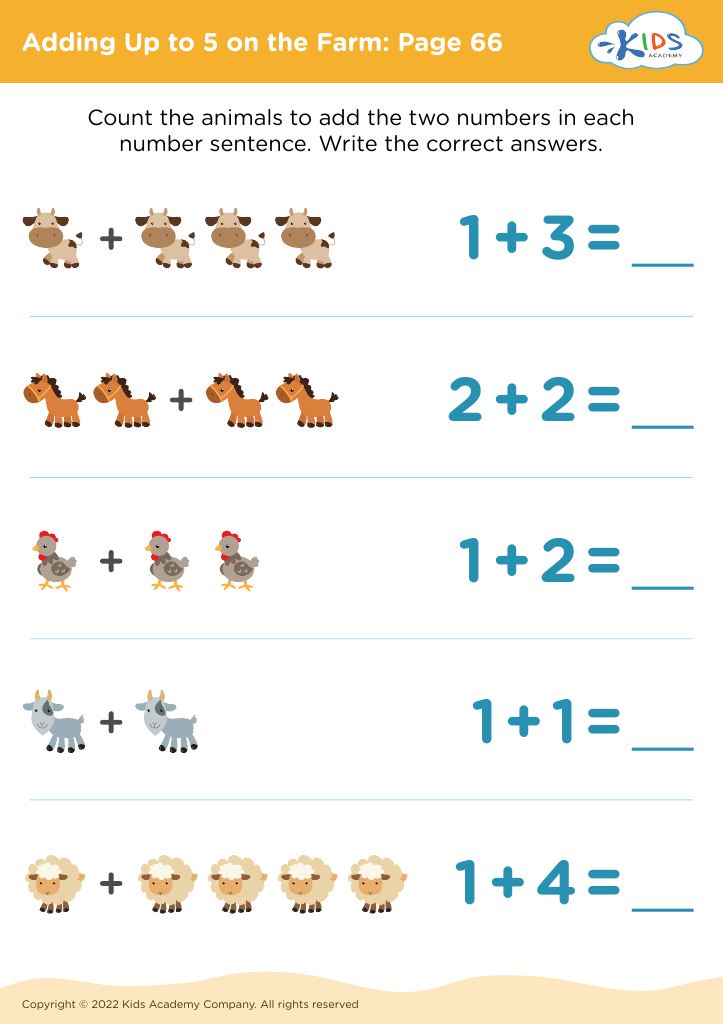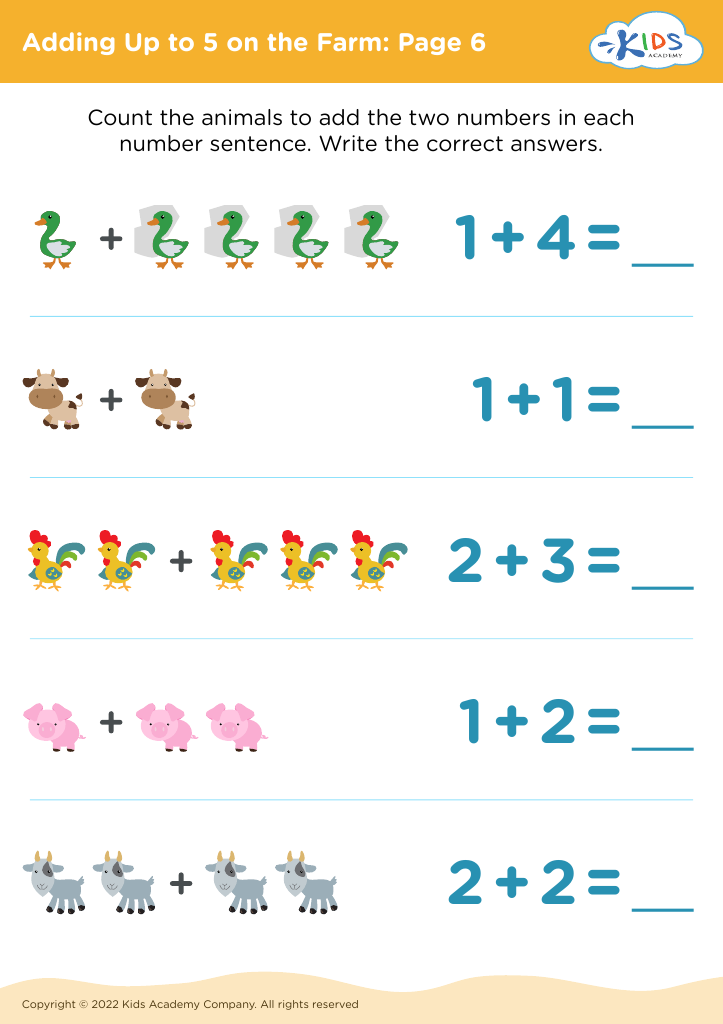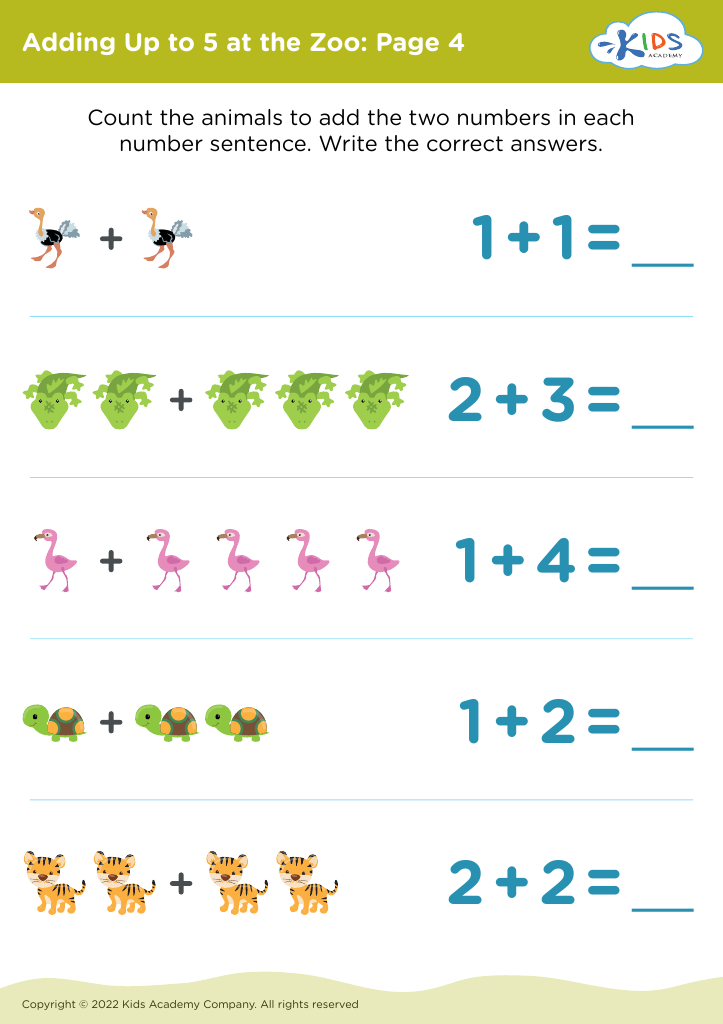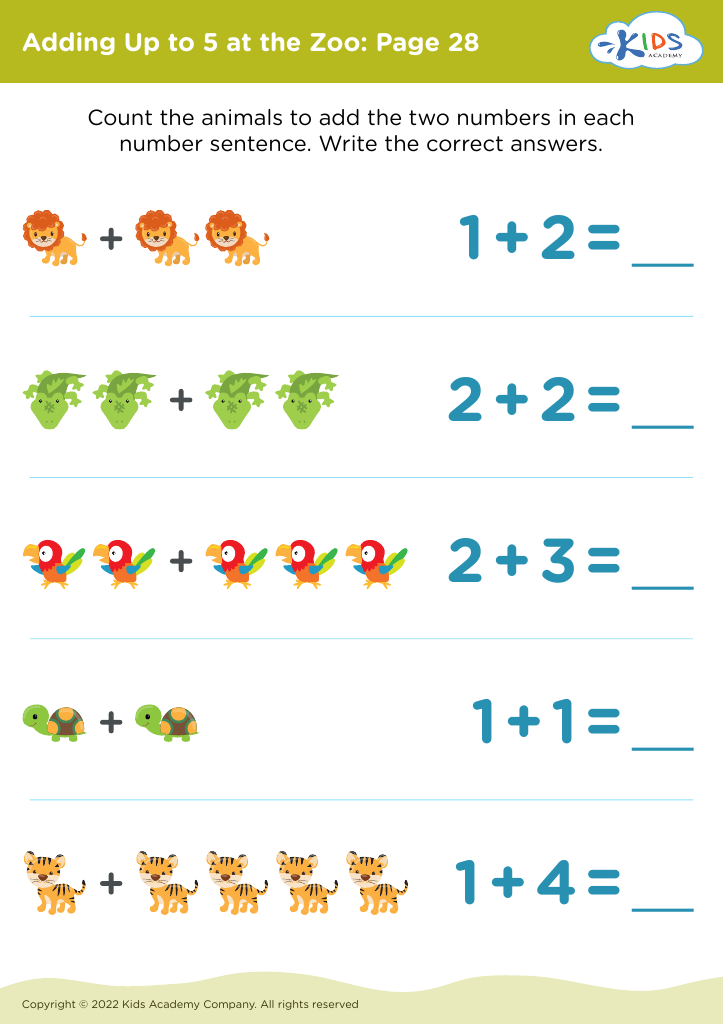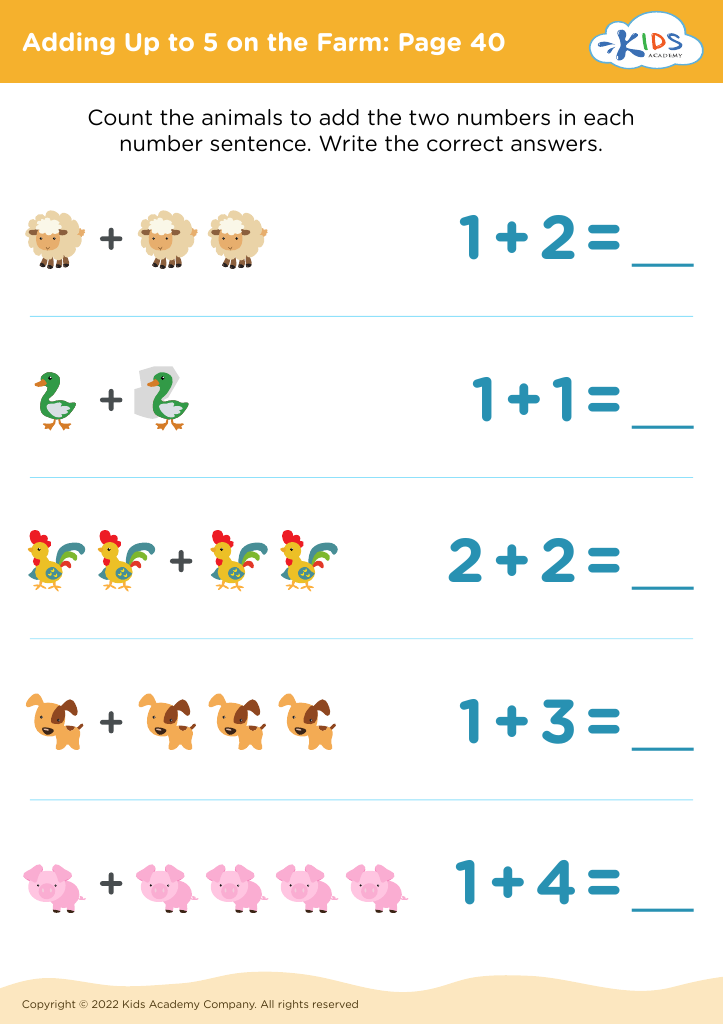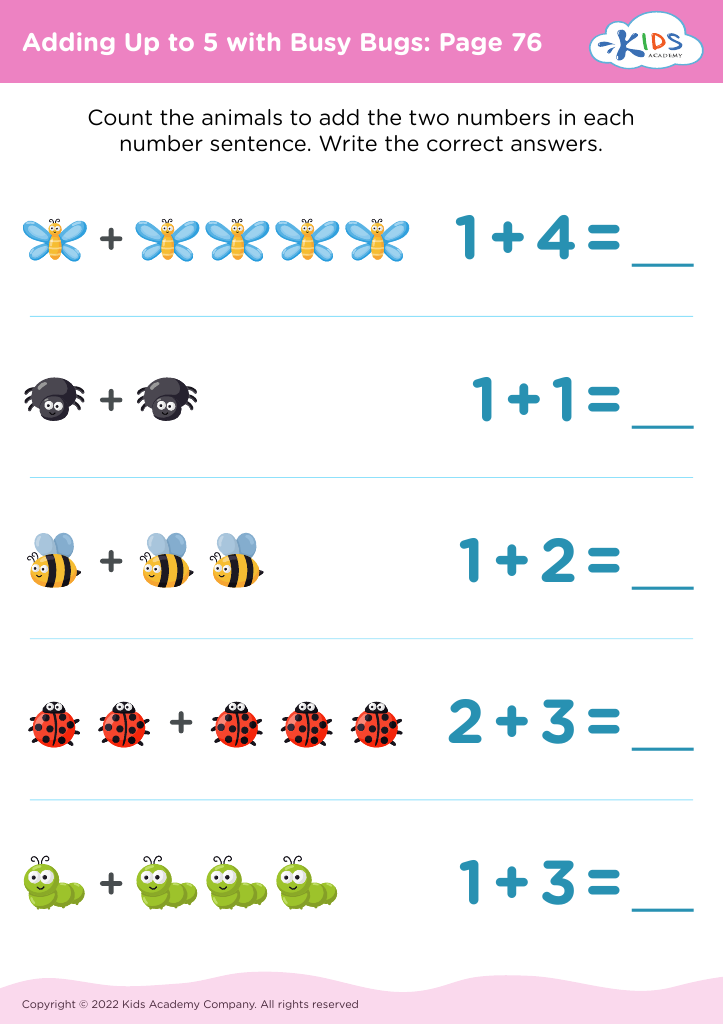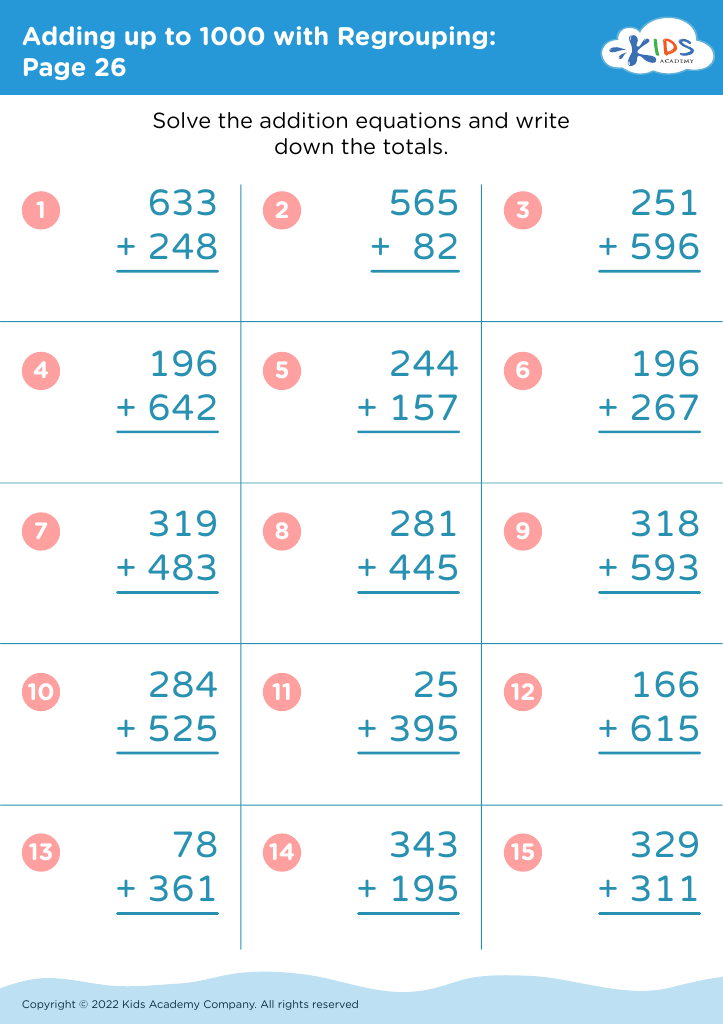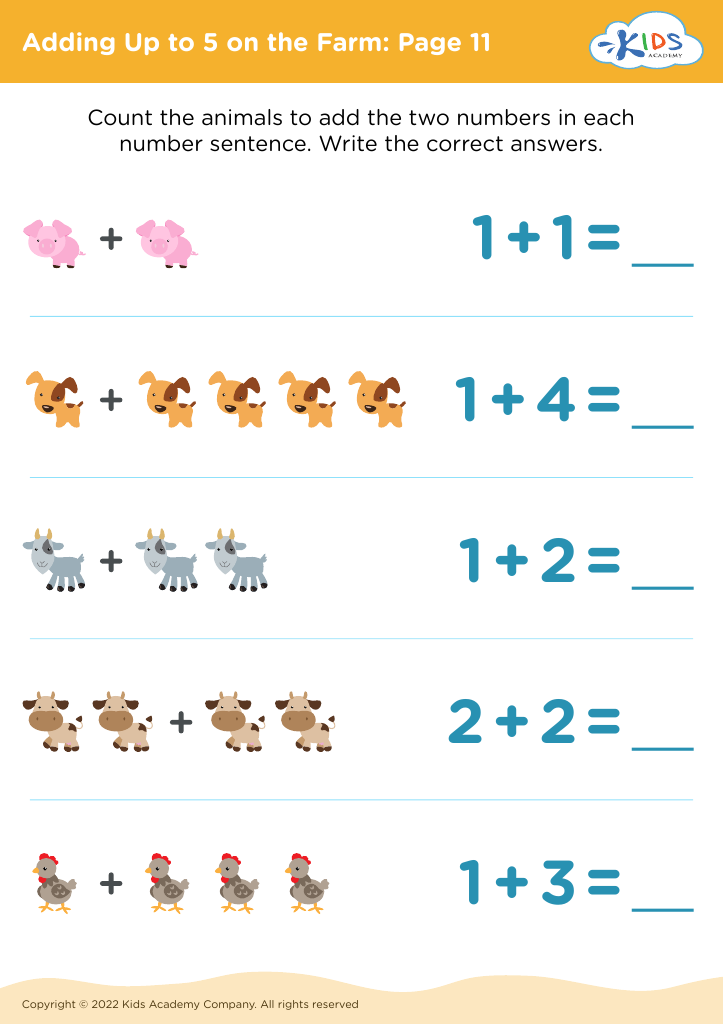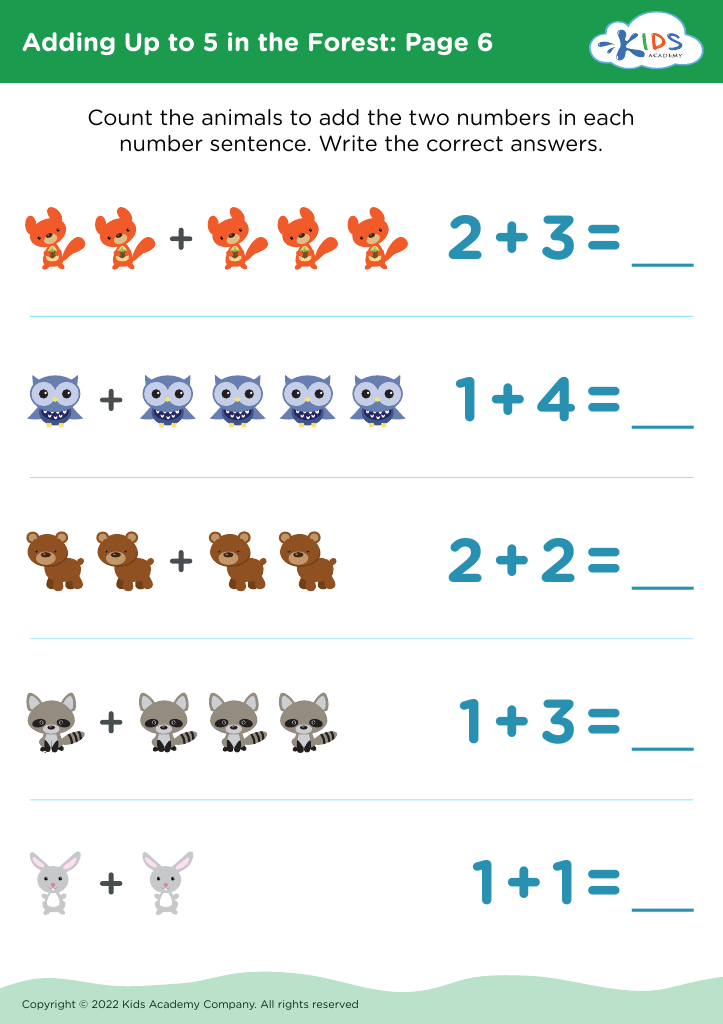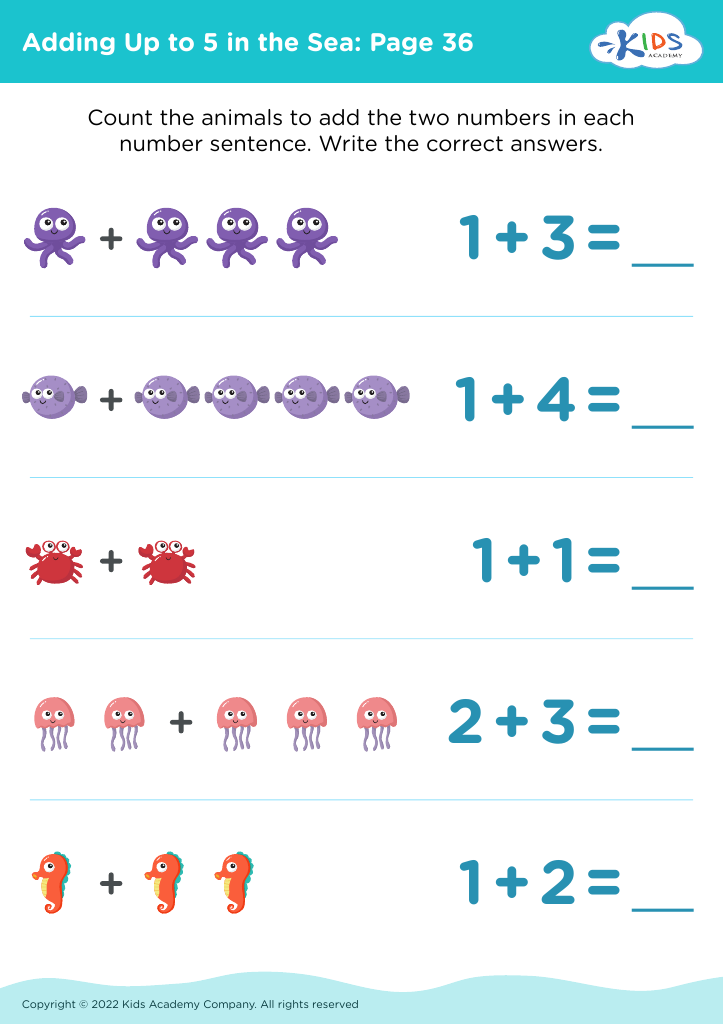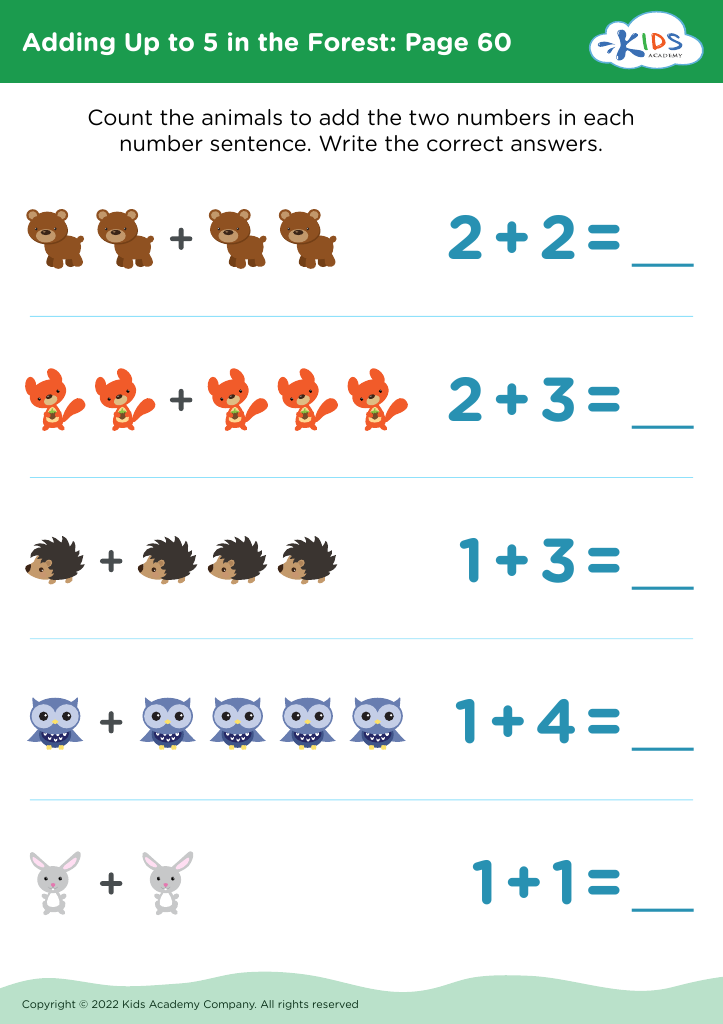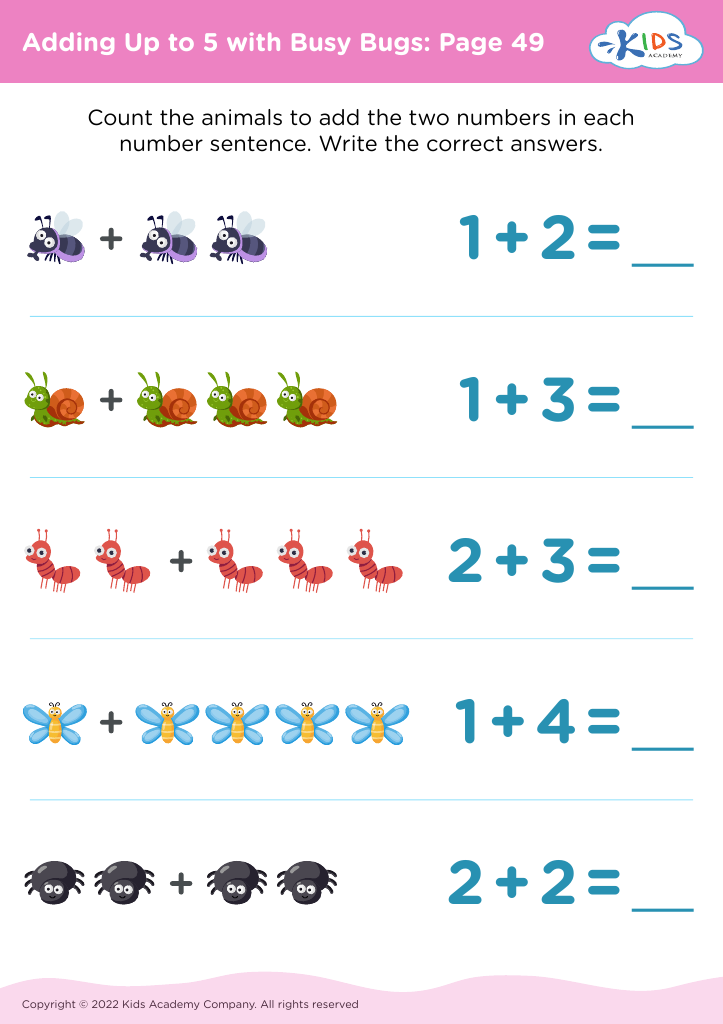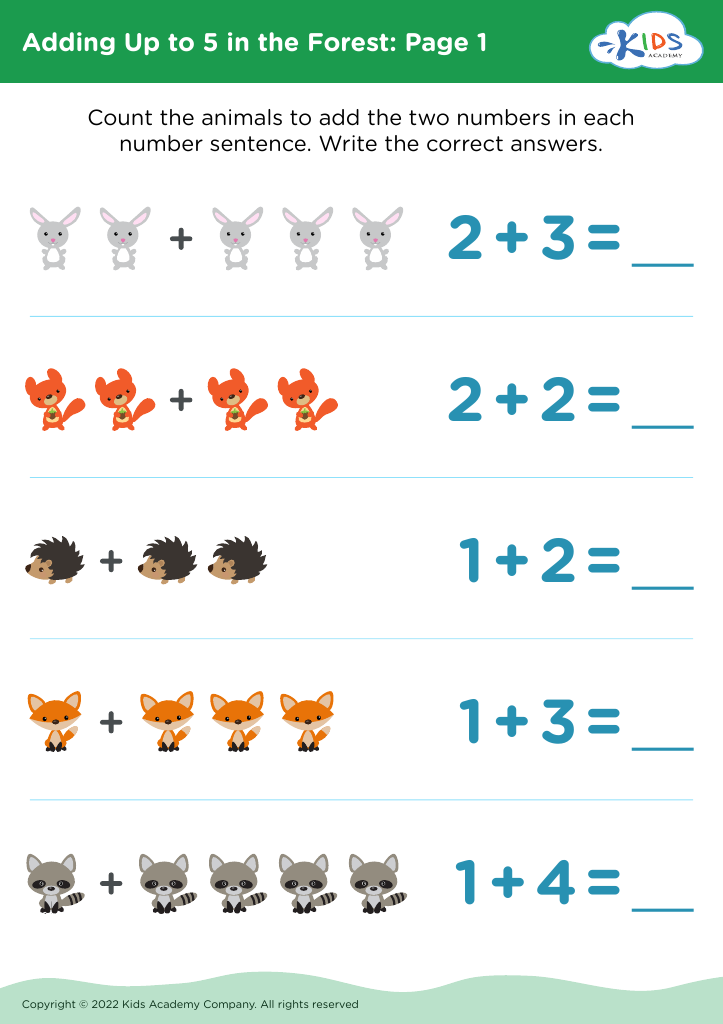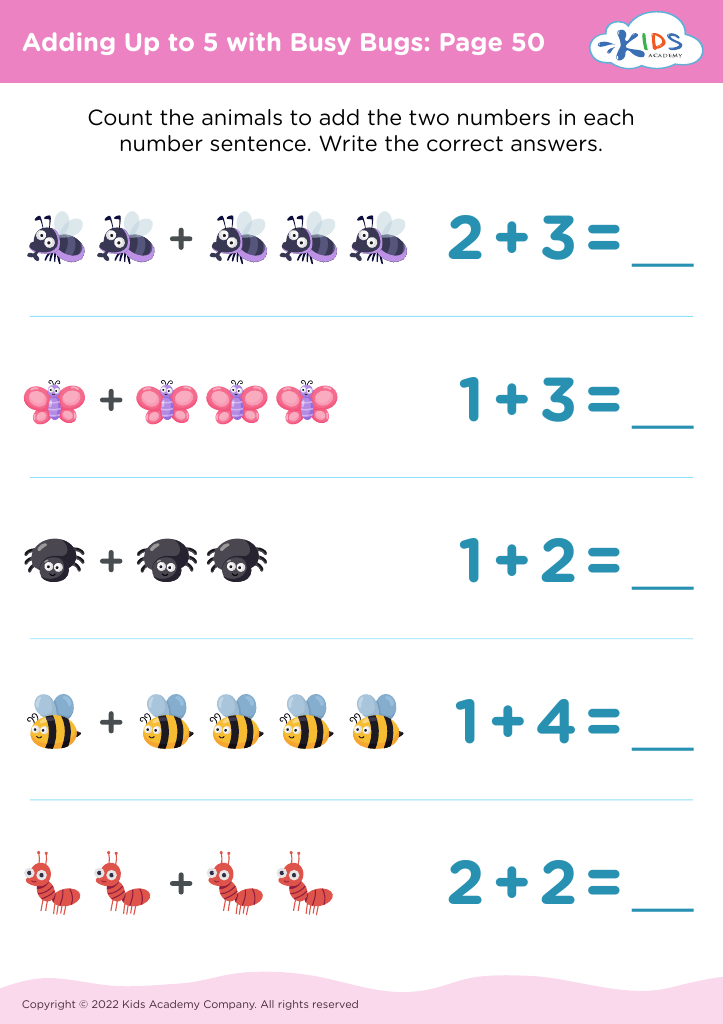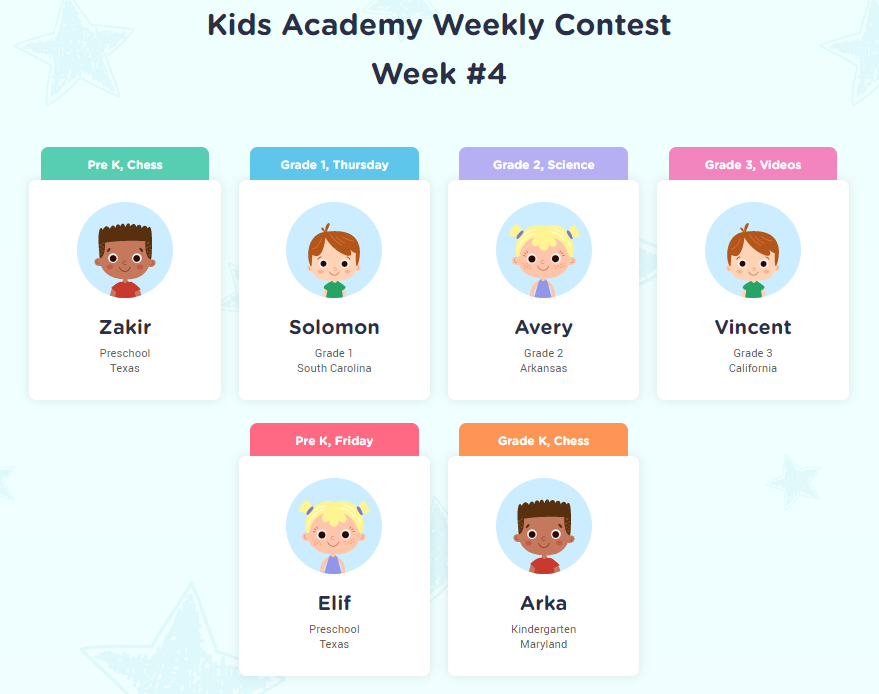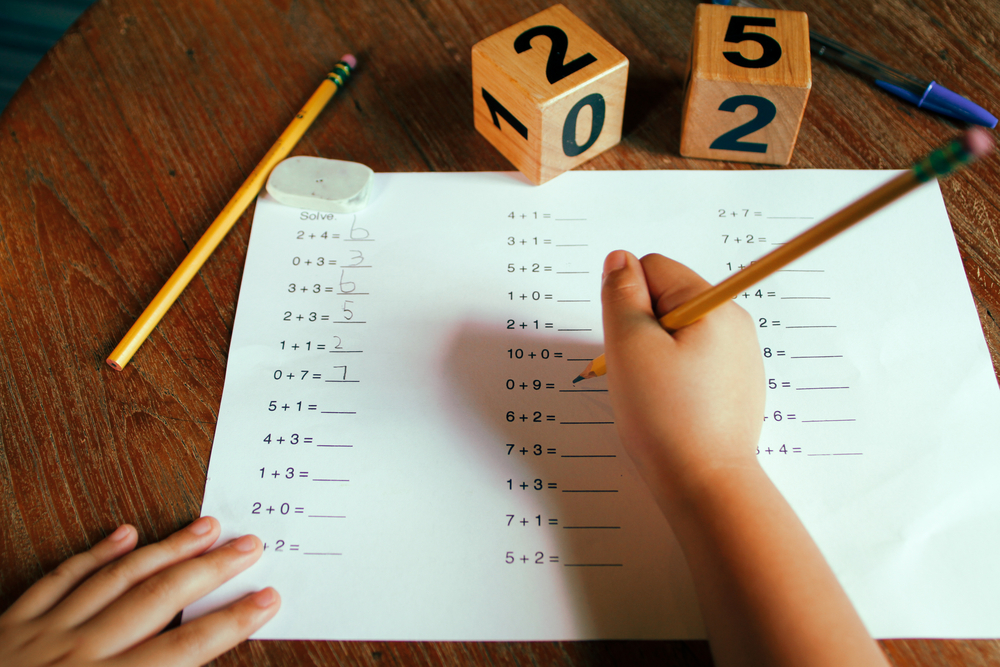Visual Learning Math Worksheets for Ages 5-9
101 filtered results
-
From - To
Discover our Visual Learning Math Worksheets, designed specifically for children ages 5-9. Our engaging, colorful worksheets transform abstract mathematical concepts into visual, hands-on activities. Kids can strengthen their understanding of shapes, patterns, numbers, and operations through fun exercises that stimulate visual thinking and problem-solving skills. Perfect for both classroom and at-home learning, these worksheets cater to different learning styles, ensuring that early graders develop a solid mathematical foundation. Help your child excel in math with interactive, easy-to-follow printables that make learning enjoyable and effective. Dive into visual learning today and watch your child thrive!
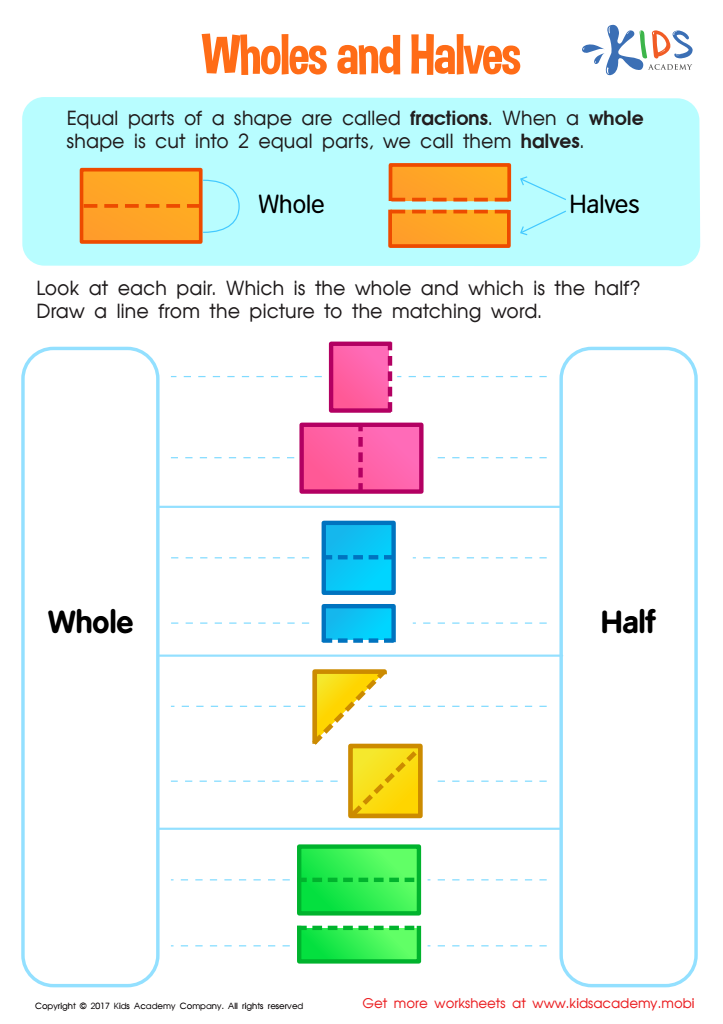

Wholes and Halves Worksheet
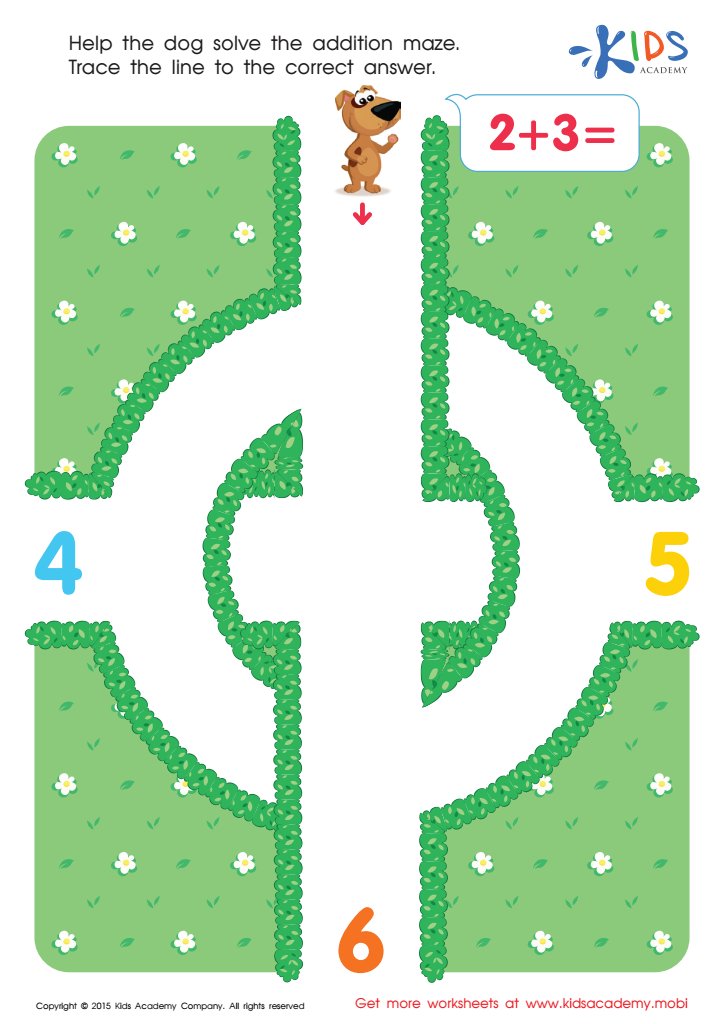

Two And Three Addition Worksheet
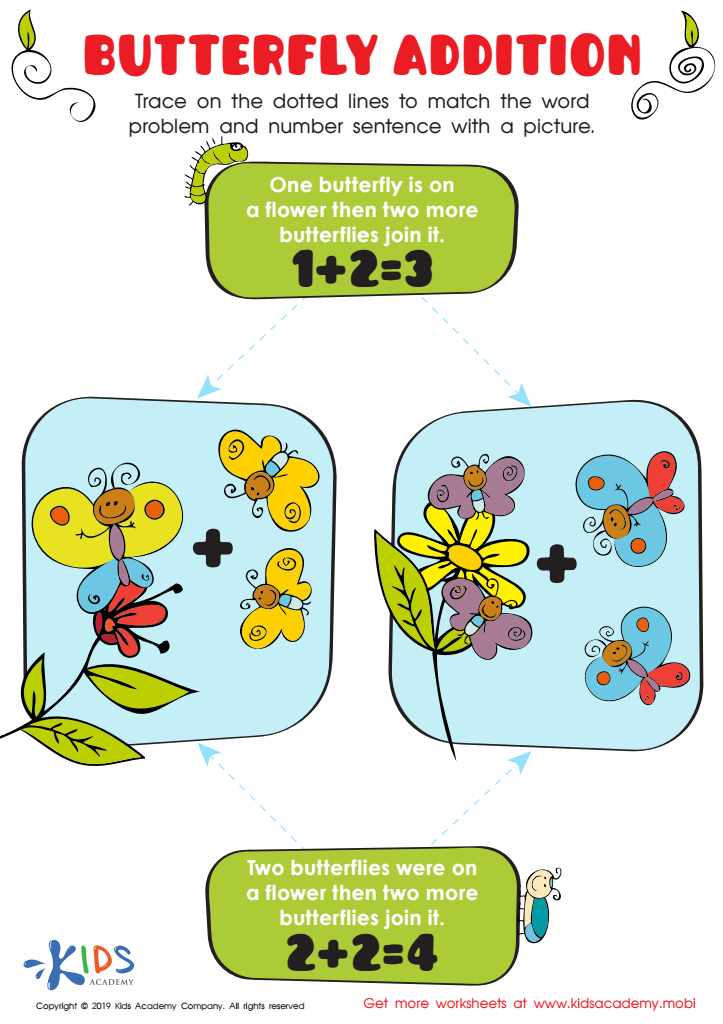

Butterfly Addition Worksheet
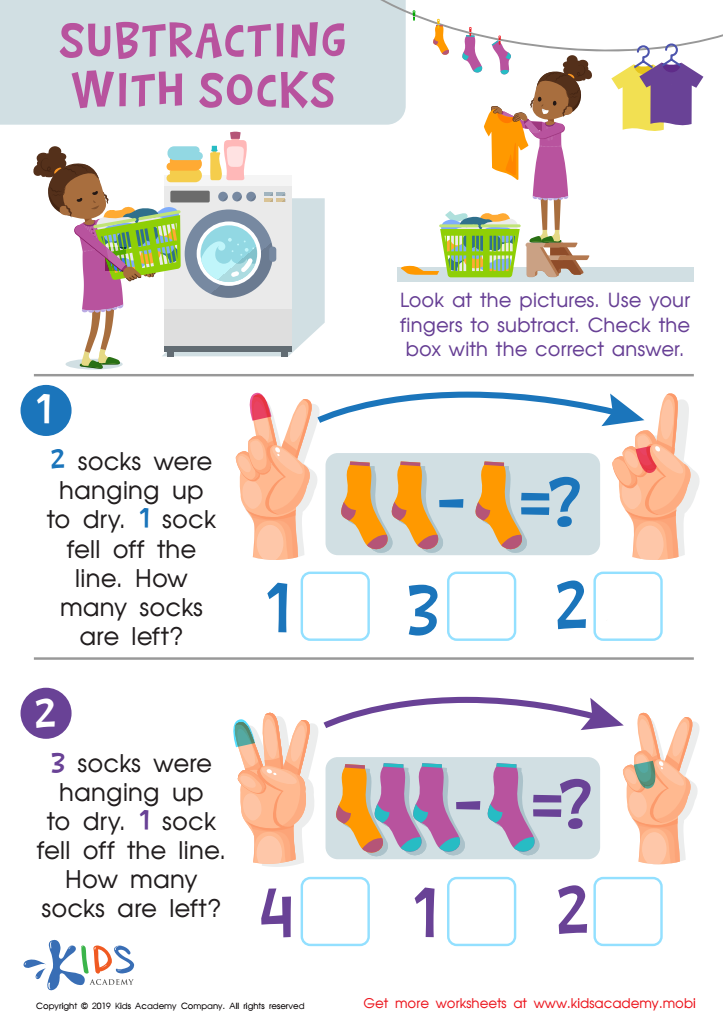

Subtracting Socks Worksheet
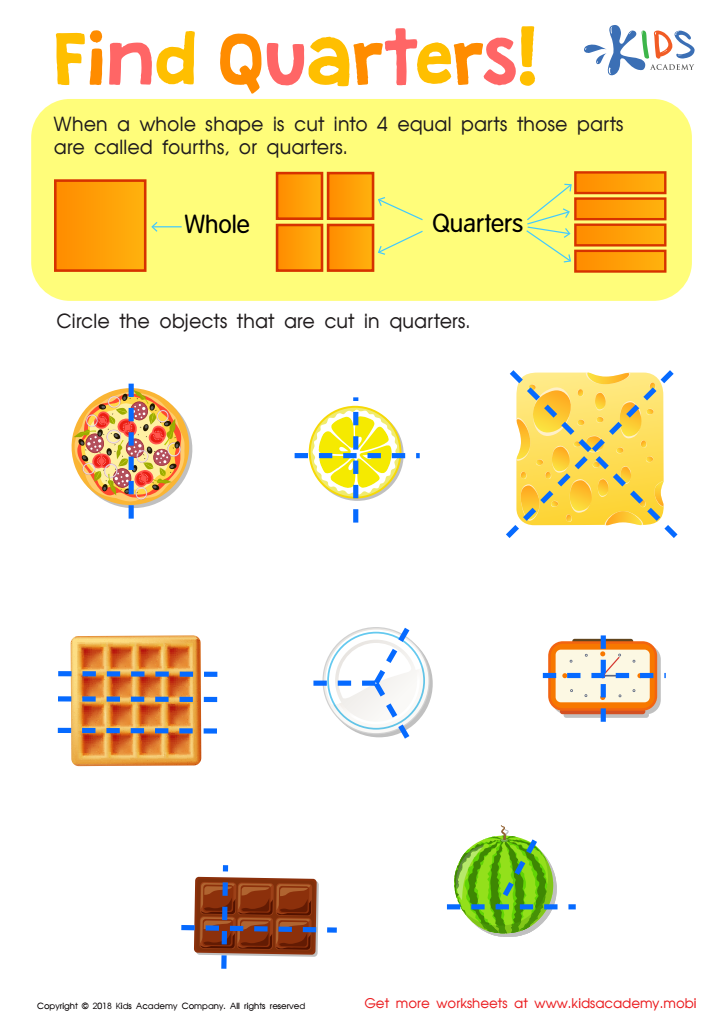

Find Quarters Worksheet
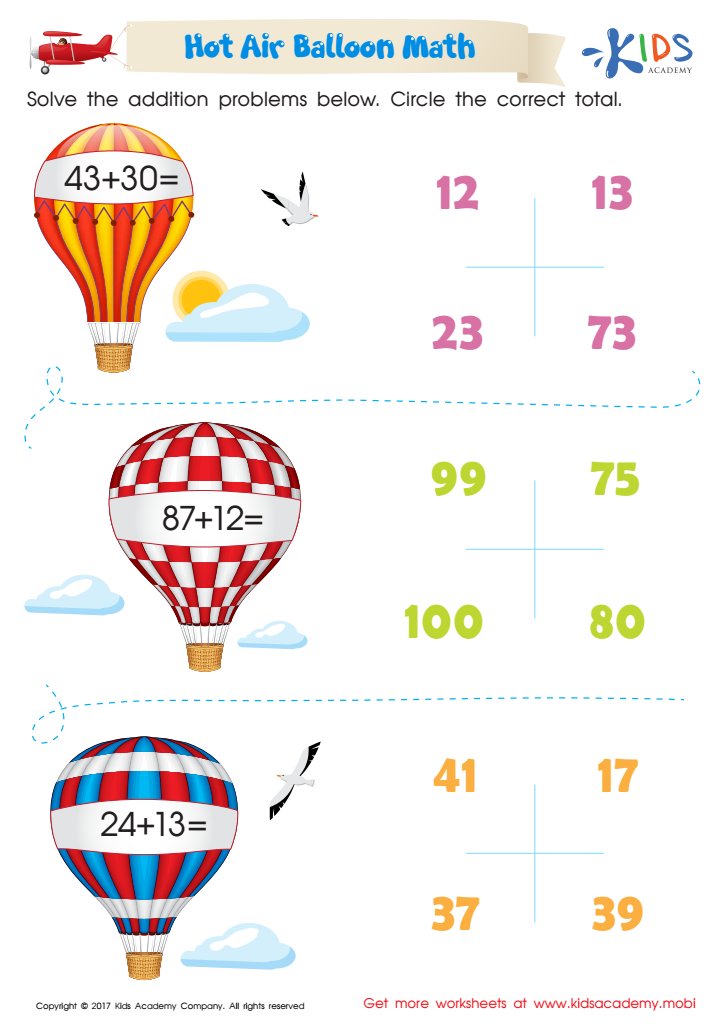

Hot Air Balloon Math Worksheet
Parents and teachers should care about Visual Learning Math for ages 5-9 because it builds a strong conceptual foundation critical for later mathematical understanding. For young learners, being able to see and manipulate visual representations of math concepts—such as shapes, number lines, or visual aids—makes abstract ideas more concrete and comprehensible. This visual approach aligns with the developmental stage of children in this age group, who often lack the cognitive maturity to grasp purely abstract concepts.
By incorporating visual elements, educators cater to various learning styles, particularly for visual learners, improving engagement and retention. Research consistently shows that students better understand and remember information when it is presented in multiple ways, combining both visual and verbal explanations. Visual learning in math enhances problem-solving skills by allowing children to visualize problems and see relationships between numbers and shapes, fostering deeper thought processes and critical thinking.
Additionally, interactive and visual math practices can boost confidence in young learners, turning math from a potentially intimidating subject into an exciting and accessible one. Early positive experiences with math can shape attitudes towards the subject and encourage a lifelong appreciation and competence. Therefore, fostering visual learning in math during these formative years sets a strong educational foundation, promoting both short-term and long-term academic success.
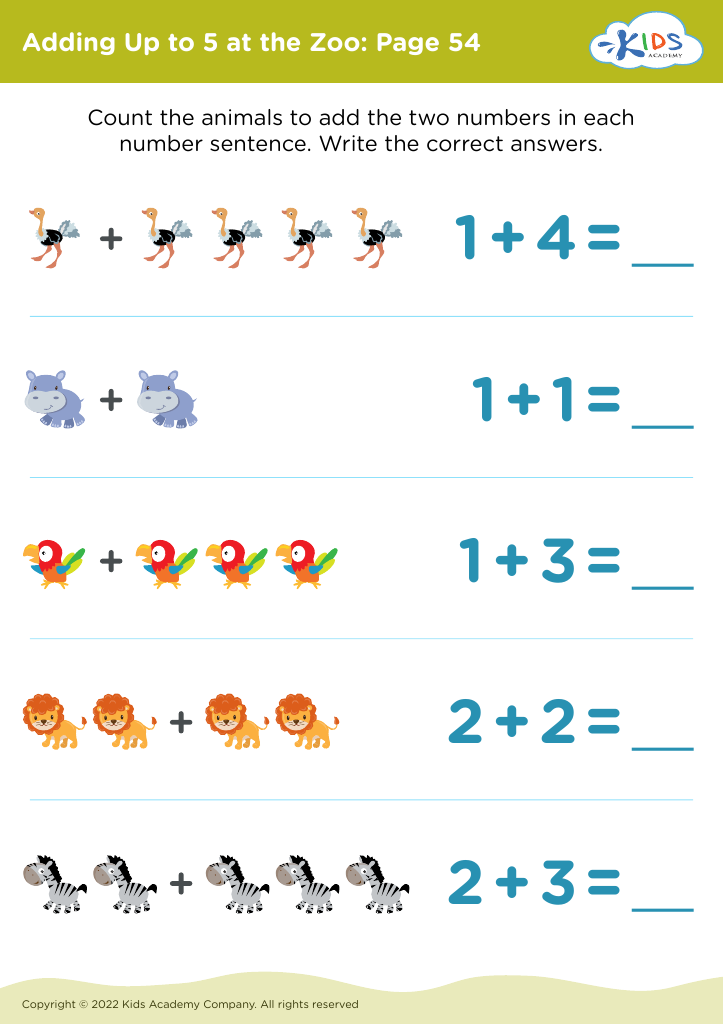


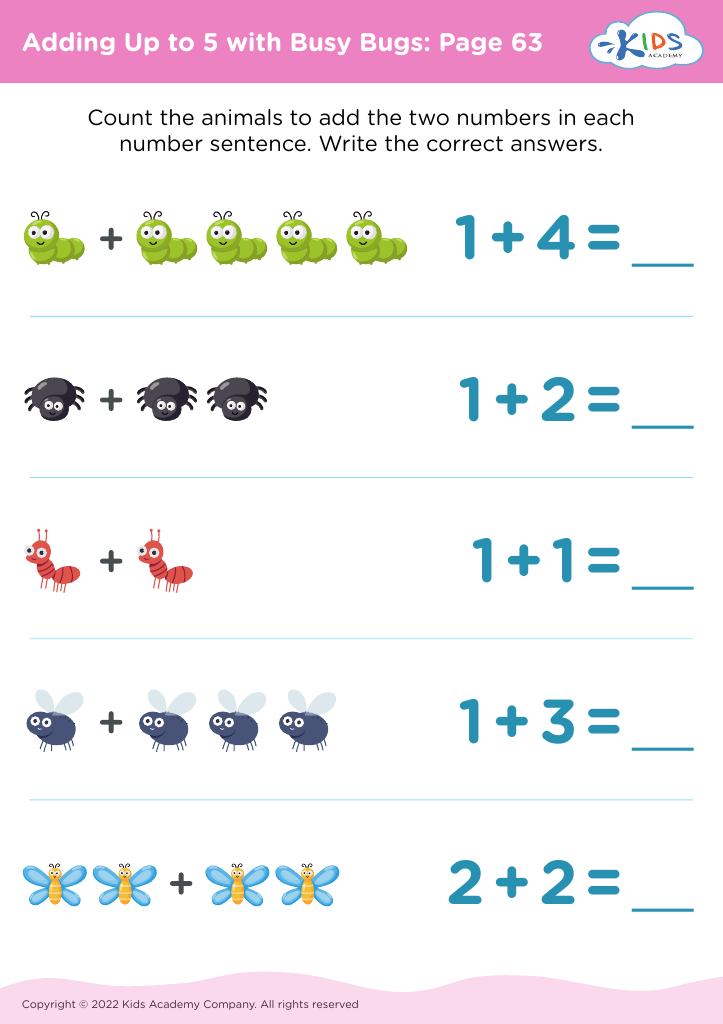
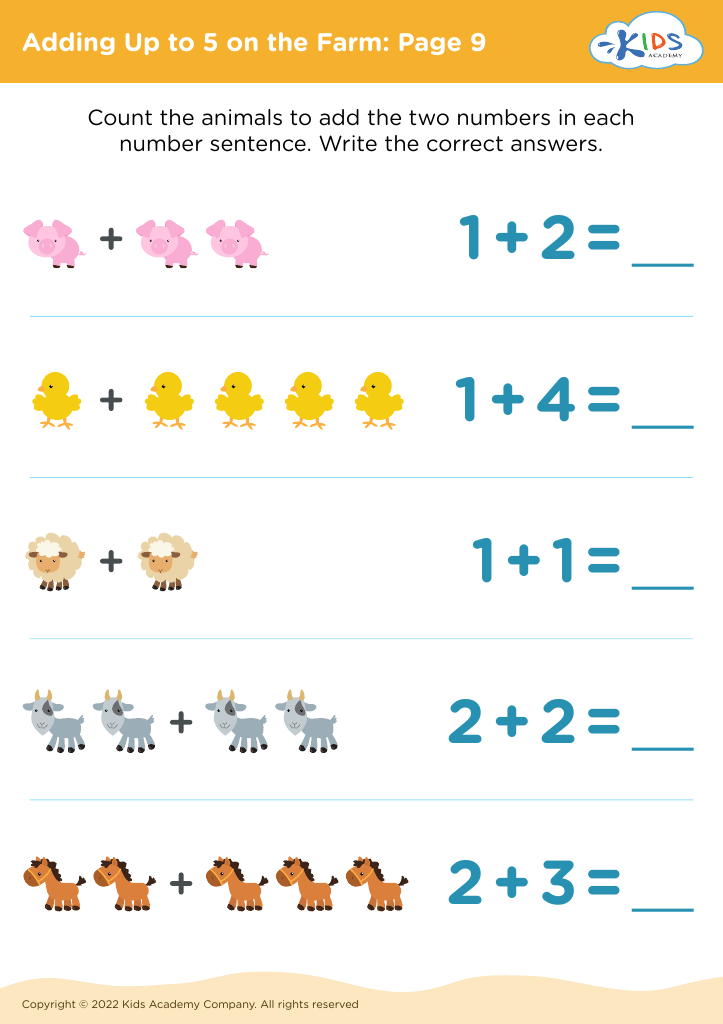
 Assign to My Students
Assign to My Students

